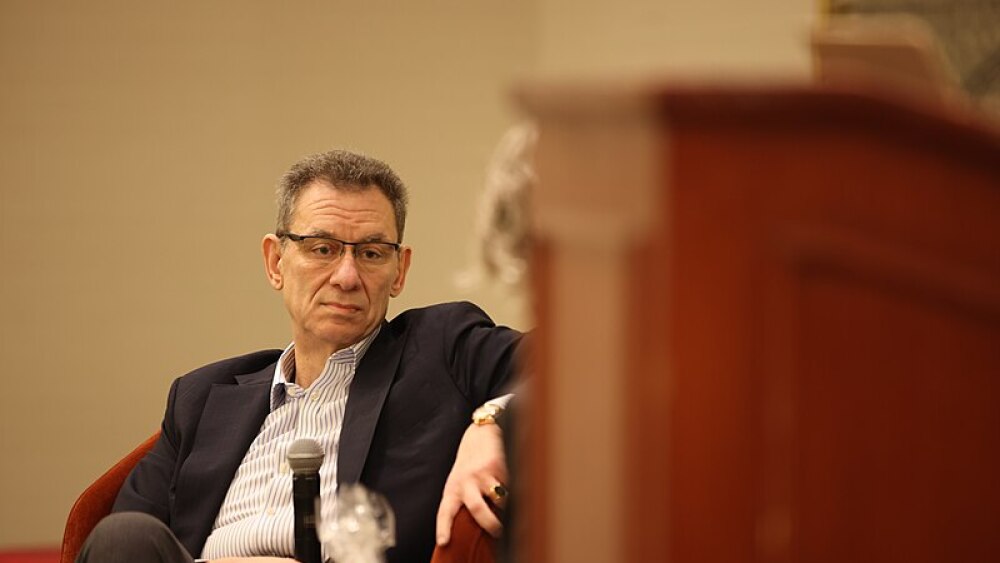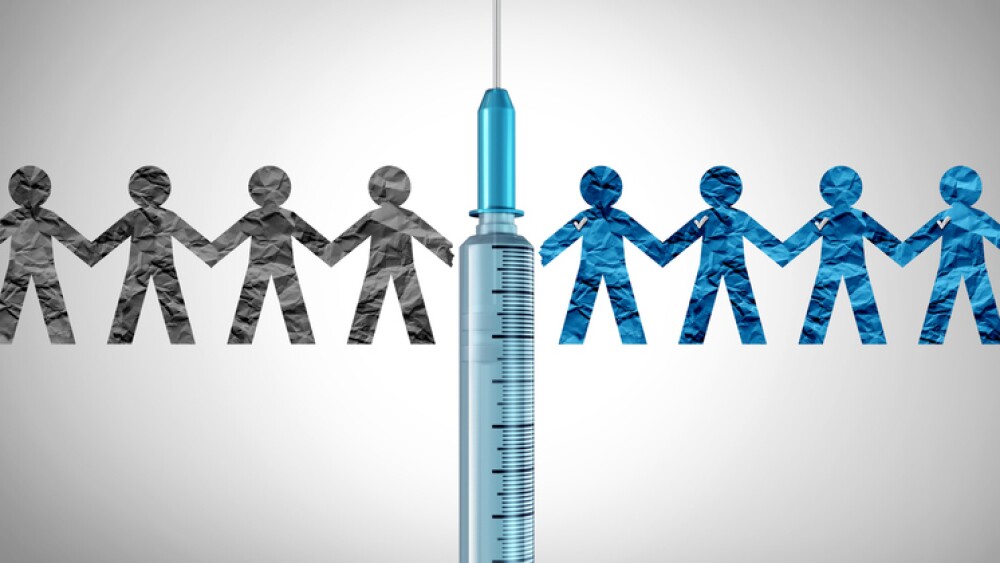Some observers see risks to becoming over-reliant on local facilities, noting the potential need for trade partners if domestic production is disrupted.
President Donald Trump has been vocal about his desire to bring pharma manufacturing back to the U.S., leveraging government buying power and the threat of tariffs to try to reshape global supply chains. Trump has backed away from the steepest tariff threats but continues to encourage reshoring via mechanisms such as an August executive order that could drive sales of domestically made active pharmaceutical ingredients. The agenda has raised a question: How much production can and should move back to the U.S.?
The FDA has said that historically, the production of medicines for the U.S. has been domestically based. That has changed in recent decades, facilitated by trends such as a doubling of FDA-registered facilities making active pharmaceutical ingredients (APIs) in China between 2010 and 2019.
Last year, most finished products and APIs sold in the U.S. came from overseas. The U.S. Pharmacopeia (USP) calculated that in 2024, the country manufactured 45% of injectables and 22% of solid oral dosage forms sold domestically. The European Union was the next biggest source of injectables, holding 15% of the sector, while India dominated the solid oral dosage sector with a 60% share of the market.
A separate USP analysis showed that excluding intravenous fluids, U.S. manufacturing supplied 12% of the APIs used in domestically made medicines. The figure reflects a 15% share of the branded market and a 12% share of the generic sector. Again, the EU and India are the other big players. The EU commanded 43% of the branded space, and India held a 35% share of the generic market.
U.S. exports of pharmaceutical products totaled $94.4 billion last year, according to United Nations data. Imports were $212.7 billion. By comparison, in 2000, the UN recorded exports of $10.5 billion and imports of $12.2 billion.
Trump has taken steps to increase the U.S.-made share of finished products and APIs. His threat of tariffs prompted companies to outline plans to invest billions of dollars in U.S. manufacturing sites. Initiatives such as the Strategic API Reserve (SAPIR) could drive further onshoring.
The SAPIR executive order calls for the creation of a six-month supply of the APIs needed to make certain critical medicines. When sourcing ingredients, the Office of the Assistant Secretary for Preparedness and Response (ASPR) should have “a preference for obtaining domestically manufactured APIs if possible,” according to the order.
Onshoring could make the U.S. less vulnerable to disruptions to global supply chains, as happened early in the COVID-19 pandemic. Yet some observers see risks to the U.S. becoming over-reliant on local facilities.
Resiliency Through Trade
John Murphy, president and CEO of the Association for Accessible Medicines (AAM), told BioSpace that the generic drug trade group has cautioned against relying exclusively on domestic manufacturing on the grounds that it could harm supply chain resilience.
If U.S. plants are hit by natural disasters, the country may need supplies from overseas. A strategy focused solely on domestic supply would not establish trade routes with foreign partners that could provide APIs and finished products in the event the U.S. is unable to meet its own needs, Murphy said. That concern informs AAM’s preferred model for making the supply chain more resilient.
“We need to have a comprehensive approach,” he said. “The [SAPIR] executive order sort of hints to that where they say, ‘Look, there should be a preference for domestically made products. However, if that’s not available, then we should be stockpiling from trading partners’.”
A spokesperson for the API Innovation Center (APIIC), a nonprofit focused on the U.S.-based supply of APIs, similarly told BioSpace via email that “we cannot reshore all production” and advocated for continuing to build domestic capacity “for the most critical ingredients.” The spokesperson added that the executive order offers an opportunity to make the U.S. “less dependent on foreign development of the key ingredients that create our life-saving medicines.”
The wording of the SAPIR executive order gives ASPR the option to source APIs from overseas while still enabling the government to use its buying power to encourage domestic production. Some potential barriers to sourcing APIs from overseas have come down since Trump published the executive order in August.
Trump Backs Off on Tariff Barriers to Trade
Having threatened in August to impose tariffs of up to 250% on pharmaceuticals, Trump struck a U.S.-European Union trade deal later that month that capped the levy at 15% and facilitated a lower tax on generic drugs.
Under the terms of the agreement, U.S. imports of generic pharmaceuticals, as well as their ingredients and chemical precursors, from the European Union are only subject to the “most favored nation” tariff, the standard rate that countries apply to imports from other World Trade Organization members in the absence of a free trade agreement. In a question and answer document, the European Commission said it expects the MFN tariff to be “effectively zero or close to zero.” The generic drug industry has welcomed the decision to exempt its products from the 15% maximum tariff.
“We view that as a step in the right direction. What we’ve been saying for a long time is that the generics market is a unique one,” Murphy said of the agreement. “We need robust trading relationships with our allied partners to ensure that there’s availability of low-cost generic medicines across all of these continents.”
In September, Trump signed another executive order that excluded generic medicines, ingredients and chemical precursors imported from Japan from reciprocal tariffs imposed on other imported products. The order set the tariff on generic products imported from Japan at 0%, providing the U.S. with zero-rate trade with another major pharma market.






